Description
What is Kyobancha?
The name Kyobancha (京番茶) can be a bit 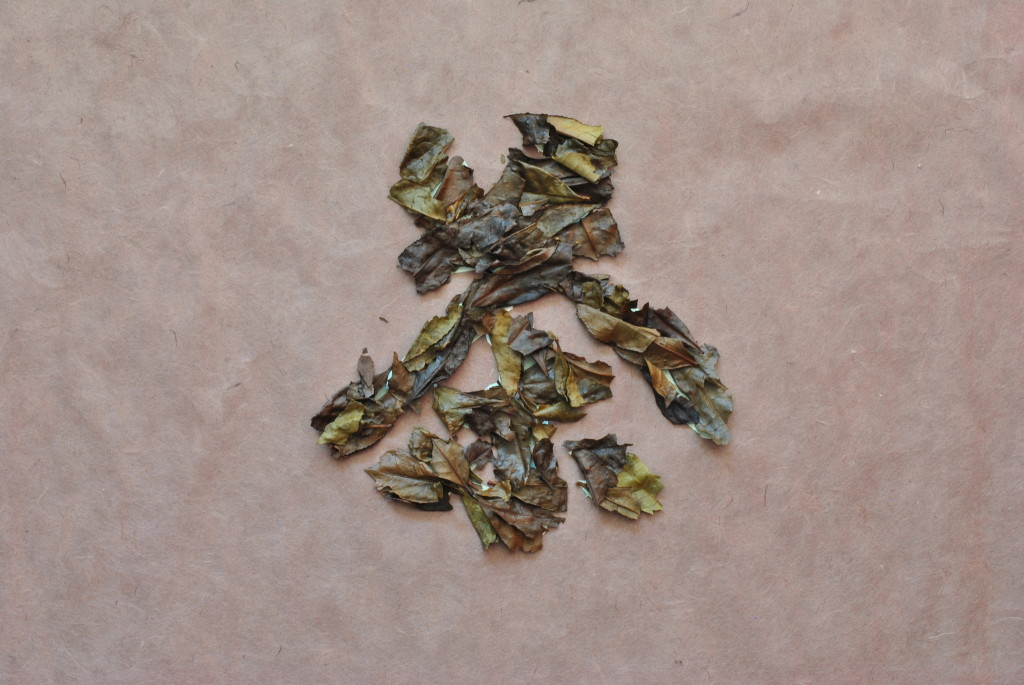 misleading as the word ‘bancha’ reminds us of regular Bancha. A kind of tea that is steamed, rolled and dried after harvesting. Kyobancha is a speciality of Kyoto Prefecture, where ‘Kyo’ in its name refers to the tea’s origin while ‘bancha’ simply means ‘common tea’.
misleading as the word ‘bancha’ reminds us of regular Bancha. A kind of tea that is steamed, rolled and dried after harvesting. Kyobancha is a speciality of Kyoto Prefecture, where ‘Kyo’ in its name refers to the tea’s origin while ‘bancha’ simply means ‘common tea’.
The leaves for producing Kyobancha are harvested in late March. Despite this early harvest it is not part of the first flush, which begins at the start of May. After being picked, the leaves are steamed in order to stop the oxidation process and then dried and roasted. There is no rolling process involved in the production. The brewed tea is light and nutty with a slightly smokey flavour. Its low caffeine content makes it a perfect every-day beverage that can be enjoyed throughout the entire day.
Farmer Profile
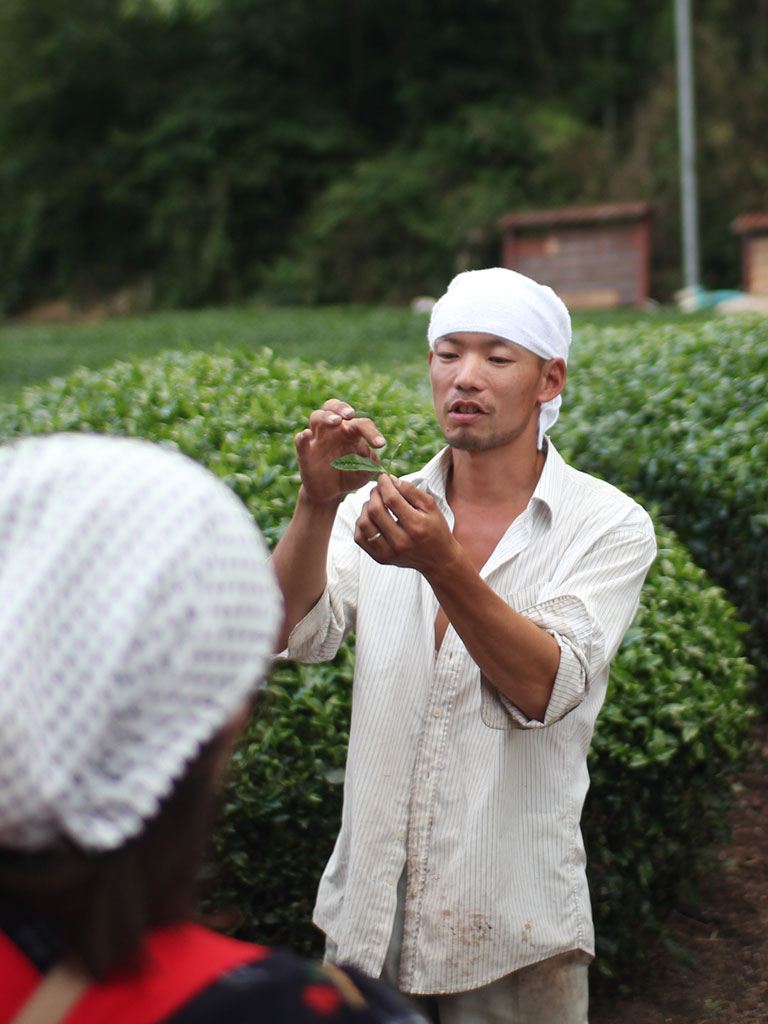
Akihiro “Akky” Kita is our president and lead farmer here at Obubu. His desire to make this tea available to the general public is the foundation of Kyoto Obubu Tea Farms. In college, Akky took up a part-time job as a farmhand in Wazuka, and fell in love with the tea of this region. He made the decision then to leave college and devote his time to mastering the art of tea farming. Recognizing the need for independent farmers like himself to spread the joy of drinking Japanese tea, he travels each year during the winter off-season to bring Japanese tea to people all over the world.
Tea Cultivation, Processing and Brewing Guide



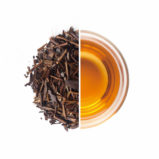
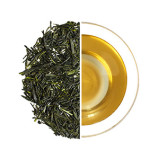
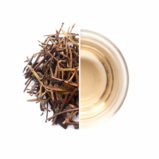
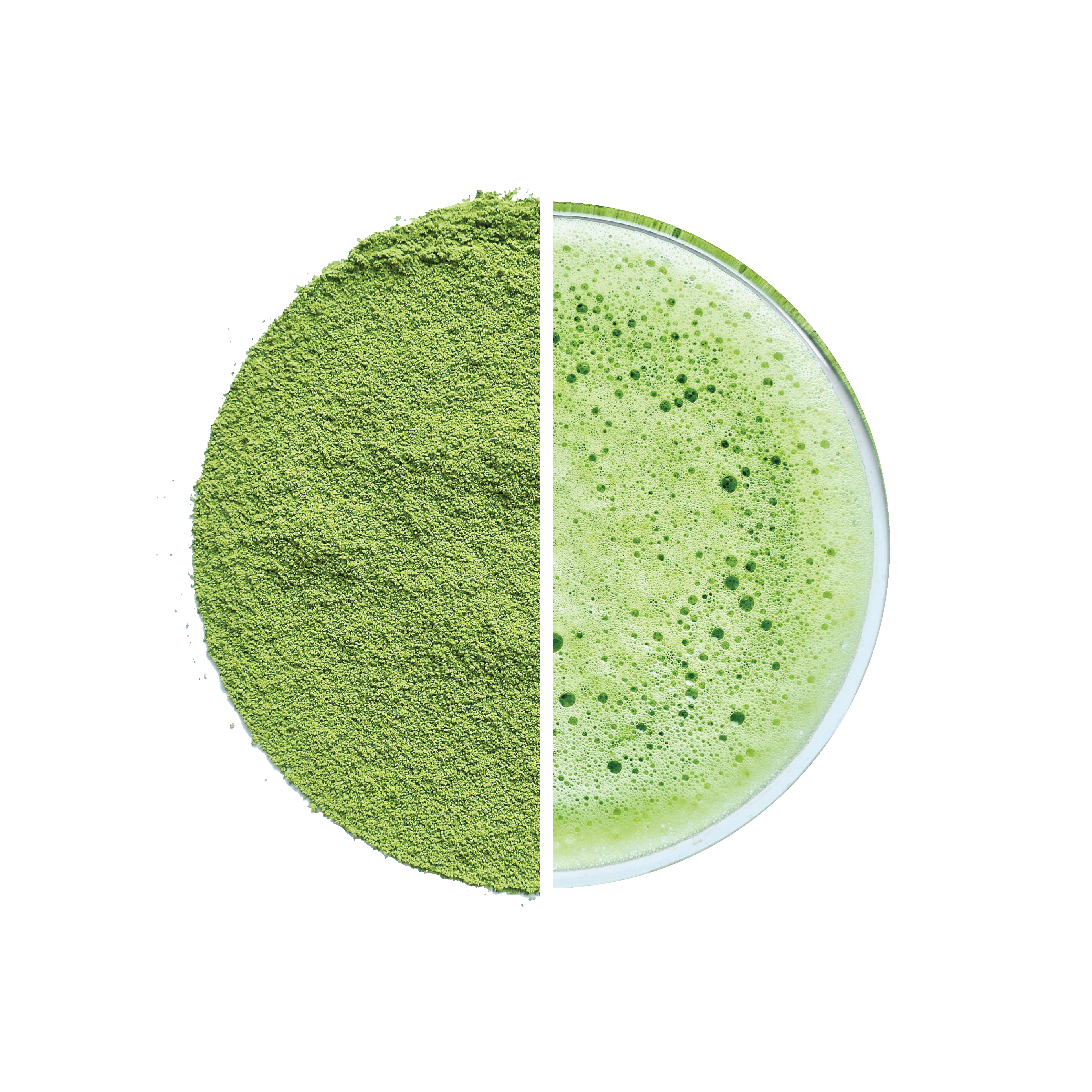
Obubu Tea –
Reviews by tea professionals and enthusiasts:
“The dry leaves have an aroma of antique wood, barley malt, nuts and sweet oats.
The infusion is caramel in color with an aroma of maple, roasted vegetables, and nuts. The taste is smooth and sweet with light woody notes and a hint of maple and caramelized sugar”- Heather Porter, 2016
“The aroma is delightfully loamy and mildly roasted, it reminds me of the forest at the end of autumn. Brewing the tea makes the roasted aroma and loamy aroma more intense and it brings in notes of umami as well. The taste is earthy, loamy, and a hint of woody with very mild roasted flavor. I have to be careful to not chug this tea because it is delicious and soothing. The mouthfeel is buttery and smooth. As the tea cools it becomes sweeter and smoother.” – by Amanda, 2013
“Roasting the bancha leaves produces a tea that combines the best of hojicha and bancha together in one brew. The light grassy flavors are enhanced by the light smokiness, and the astringency is cut to a minimum. The sample I had of this was used up quickly as I tried brewing it both hot and cold the same day, and both were equally satisfying. I hope to order more of this soon, as I have found all of Obubu’s teas to be exceptionally delicious.” – by E.Alex Gerster, 2013
“I’ve been wanting to try it for a long time because it’s not easy to find this type of green tea outside of Japan. The taste is woodsy, with no noticeable astringency nor bitterness, it even has a slight sweetness!” – by My Japanese Green Tea, 2013
“This is my first known experience with a Kyobancha … it is sweet and toasty, reminding me a bit of a cross between a white tea and a Houjicha. It is roasty-toasty like a houjicha, and light and sweet like a white tea.” – by LiberTEAS, 2012
“It is more gentle that I thought it would be but I like this mellow flavor on the tongue. Springy! Gently Roasted! A near Steamed rice/veggie type flavor, even. With a sweeter finish! Lovely!” – by Tea Equals Bliss, 2012